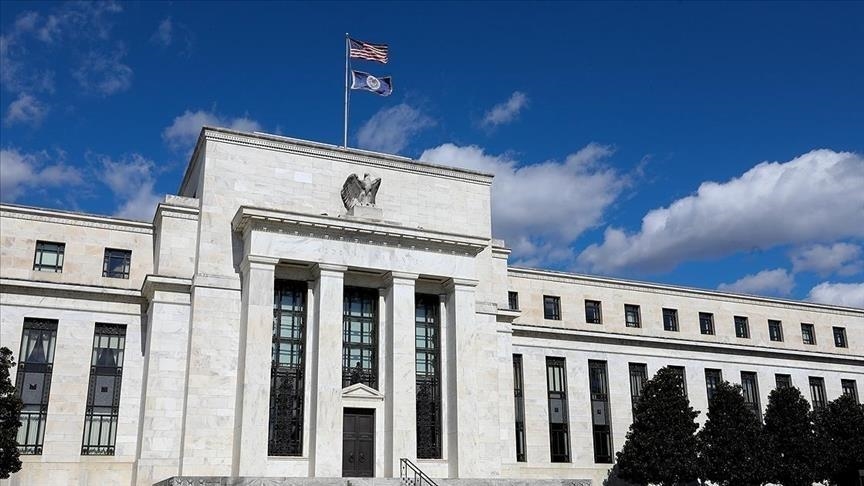ISTANBUL
Commodity markets came under selling pressure in the first week of 2024, due to growing uncertainties over when the Fed would start cutting interest rates, analysts said.
After the US data showed that the labor market remained strong, the probability of the Fed starting interest rate cuts at the March meeting fell from 85% to 62% in the money markets.
Fed officials believed that the policy rate was at or near its peak and that rate cuts would begin in 2024, according to the most recent Federal Open Market Committee minutes.
However, it was revealed that monetary policy was deemed appropriate to remain restrictive for a while until inflation saw a clear decline.
Gold prices down
The rise in the US dollar and bond yields put pressure on gold prices.
The US inflation data to be released could be decisive for gold prices, analysts said.
Palladium prices, on the other hand, saw a decline over concerns that the spread of electric vehicles could lessen the demand for combustion engine cars.
Given these changes, the price of gold lost 0.9%, silver 2.6%, platinum 2.7% and palladium 6.2% in the first week of 2024.
As for base metals, lead increased by 2.5%, aluminum by 3%, nickel by 1.6% and zinc by 2.3%, whereas copper fell by 2.4%.
Recent data revealing a decline in US stocks, along with persistent tensions in the Middle East causing concerns over a global supply chain crisis, contributed to the increase in Brent crude oil prices.
Natural gas prices went up on forecasts for a further drop in temperatures in the US and a possible increase in demand for heating.
In light of these events, Brent crude oil recorded an uptick of 2.5%, and the natural gas traded on the New York Mercantile Exchange rose by 15.6%.
Agricultural group
The recovery in the US dollar Index put pressure on wheat prices after the Institute for Supply Management’s (ISM) Manufacturing Purchasing Managers Index (PMI) came in at 47.4 points in December, surpassing market expectations.
The increase in weekly corn and rice exports in the US eased supply concerns, causing corn and rice prices to fall.
Wheat traded on the Chicago Mercantile Exchange went down by 1.9%, corn by 2.2%, soybeans by 3.2% and rice by 0.4% in the first week of 2024.
The decline in India’s sugar production by 7.6% year-on-year led to a surge in sugar prices, according to data from the country’s National Federation of Cooperative Sugar Factories (NFCSF).
Concerns that the weather phenomenon El Nino could negatively influence production led to higher cocoa and sugar prices.
Coffee prices fell in Brazil amid forecasts of increased rainfall, although coffee production may go up with more rainfall in the region, analysts say.
In view of these circumstances, cotton traded on the Intercontinental Exchange decreased by 1% and coffee by 2.9%, while cocoa moved up by 0.2% and sugar by 2.4%.

